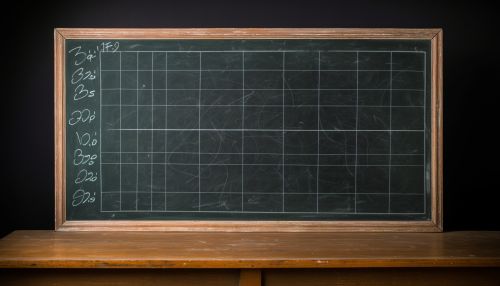Algebra
Introduction
Algebra is a branch of mathematics that uses mathematical statements to describe relationships between things that vary over time. These mathematical statements are often represented as equations or inequalities, and the objects of study are called algebraic structures. Algebra is a fundamental part of modern mathematics and is used in many different fields, including science, engineering, medicine, economics, and computer science.
History
The history of algebra began in ancient Egypt and Babylon, where people learned to solve linear (ax = b) and quadratic (ax^2 + bx + c = 0) equations, as well as indeterminate equations, such as the ones used to solve problems related to areas and volumes. The word "algebra" itself comes from the Arabic word "al-jabr", which means "reunion of broken parts", and was used in the title of a book written by the Persian mathematician Al-Khwarizmi in the 9th century.
Basic Concepts
Algebra is based on several basic concepts, including variables, constants, equations, and functions. A variable is a symbol, usually a letter, that represents a number. A constant is a number that does not change. An equation is a mathematical statement that two expressions are equal, and a function is a rule that assigns a unique output to each input.


Algebraic Structures
An algebraic structure is a set with one or more operations defined on it that satisfies a list of axioms. Examples of algebraic structures include groups, rings, and fields. A group is a set with an operation that combines any two of its elements to form a third element in such a way that four conditions called group axioms are satisfied. A ring is a set equipped with two binary operations satisfying properties similar to those of arithmetic operations, and a field is a set with two operations for which the elements form a commutative group under addition and the non-zero elements form a commutative group under multiplication.
Applications
Algebra has wide applications in various fields. In science and engineering, algebraic equations are used to model physical phenomena. In computer science, algebraic data types and algebraic structures are used in the design of data structures and algorithms. In economics, algebraic methods are used to model and solve problems related to trade, production, and pricing.
